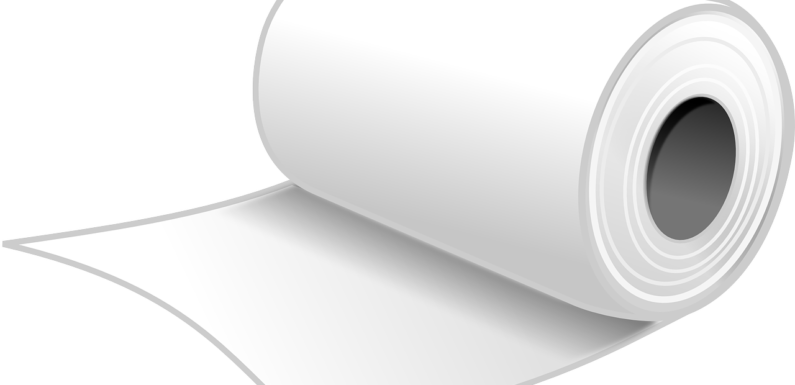
Innovation and creativity are crucial for any company looking for a competitive edge, irrespective of industry. But innovation without a way of protecting it may not amount to much.
Luckily the law provides a leeway for innovators to protect their innovations through IP rights registration. So if you are in the paper machine production industry, you may want to understand IP rights that apply to your industry to help you use them to safeguard your innovations.
This guide highlights the basics of IP rights and design registration applicable to paper machine manufacturers, so you may want to keep reading.
What Are IP Rights Anyway?
The first question to answer when looking at the basics of IP rights is what they are. IP stands for intellectual property and refers to the creative output of the human mind protected under the law.
Upon registration of IP rights, one gets exclusive rights to them for a specific time and the power to stop unauthorized use, which includes suing for infringement.
Below is a breakdown of the main types of IPs and how they apply to Paper Machine Manufacturers.
Copyright Protection
Copyright covers creative works such as literature, art, text, music, video, photos, plans, and technical drawings. When designing a paper manufacturing machine from scratch, you must first create technical drawings for the original designs.
You may also have to create software for running the machine, instruction manuals, and marketing material. All these aspects of the production and marketing process are subject to copyright protection, and any copying or duplication amounts to infringement, and you have a right to sue.
Unlike other types of IP rights, copyright protections apply by default. They also last through the creator’s lifetime and 70 years after they die.
Trademark Protection
A trademark is a word, name, symbol, phrase, or design that distinguishes the goods or services of a particular party from the others in the market. Regarding paper machine production, trademark protections protect your business name, product name, trade dress, and logos and symbols.
Your brand identifiers are critical to your brand image and reputation, so you do not want anyone else using them for marketing their products. By securing your rights through registration, you have more control of your brand image because every product that gets into the hands of your customers will come from you.
Utility Patents
Utility patents are the more widely known types of patent protection, and it covers new and useful inventions. For an invention to qualify for patenting, it must pass the novelty, useful and non-obvious tests.
In the paper production industry, utility patents can be used to protect new methods of making papers, new types of machines, new software, or a new process of making paper. Utility patents are enforceable for 20 years, after which they become public. But 20 years is sufficient headway to allow you to profit from your innovation and make improvements to keep you on top of your competition.
Design Patents
Design patents, or industrial design rights as they are known in Canada and cover the non-functional aspects of a product, such as its shape, ornamental additions, texture, alignment, curvature, etc.
For example, if you improve the design of an existing paper-making machine in a unique way to give you a unique advantage over other producers, you can secure rights to the design through registration.
If you intend to secure your design rights, this guide delving into industrial design benefits in detail may be something you want to look at. If successful with your design registration, you get a 15-year head start to profit from your designs before others can replicate them.
Final Words
Securing your IP rights is an excellent way of ensuring you stand out from your competition, irrespective of your industry. Understanding the basics highlighted in this post is critical in helping you make an informed decision on your journey to IP rights protection, but you may still need to work with an IP agency.
